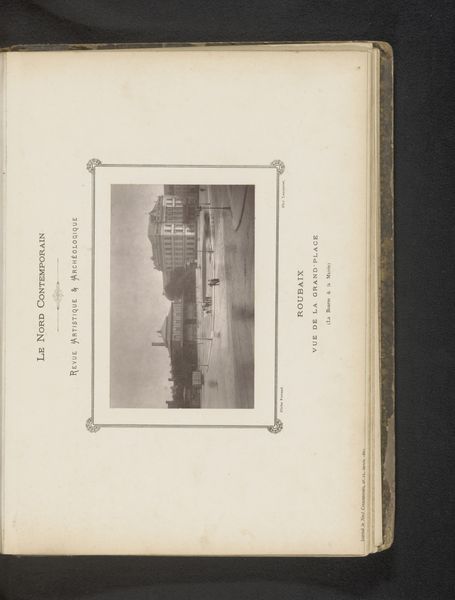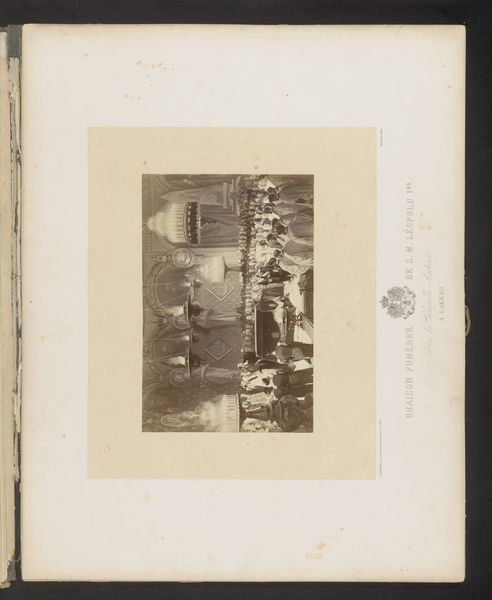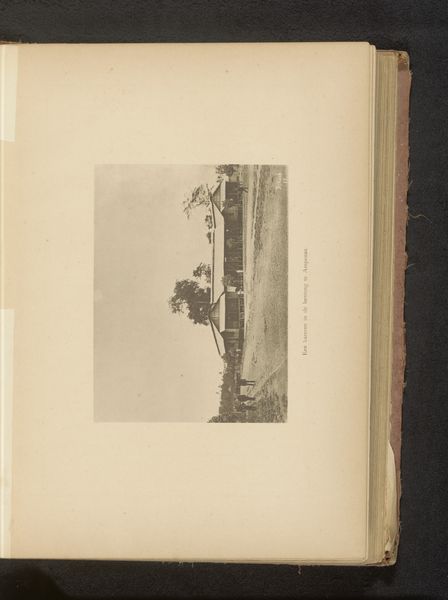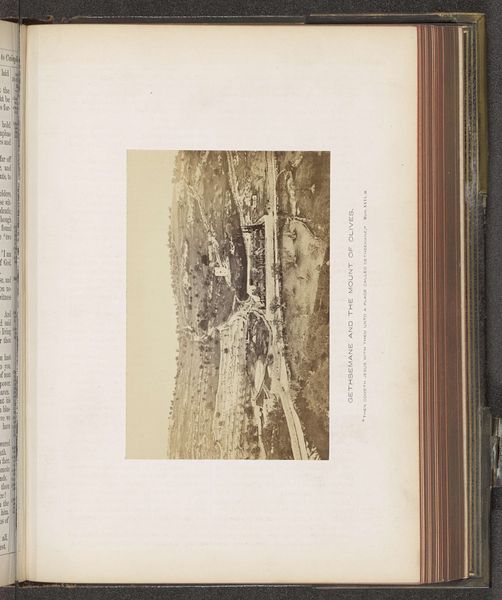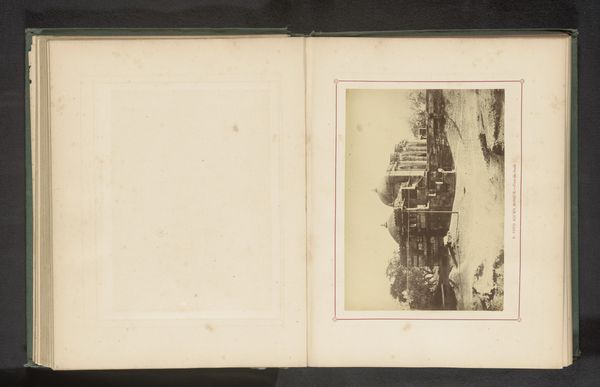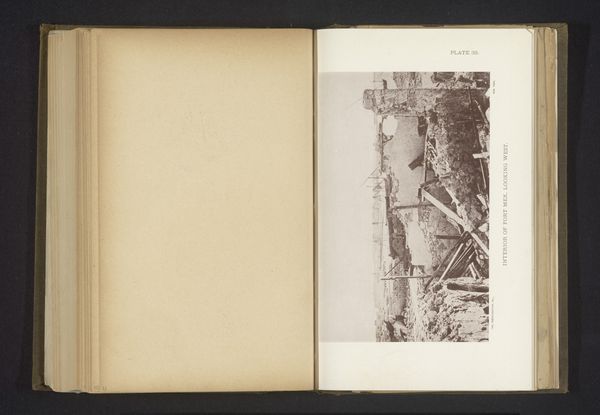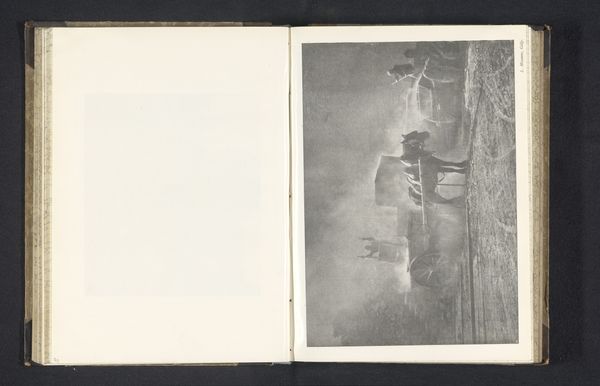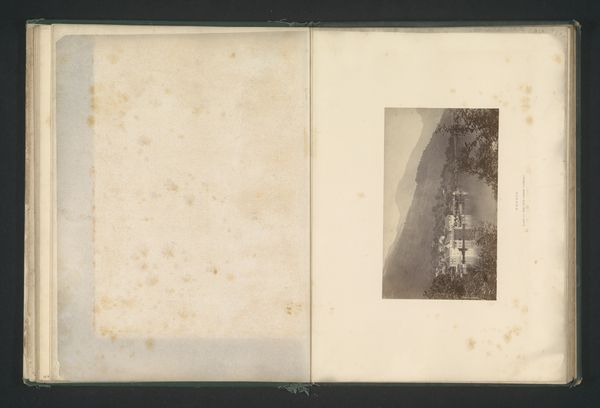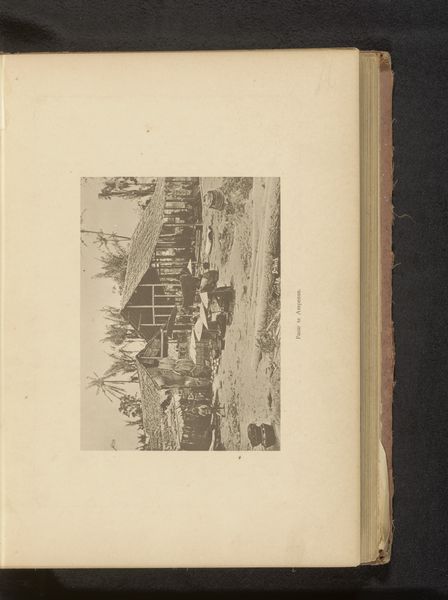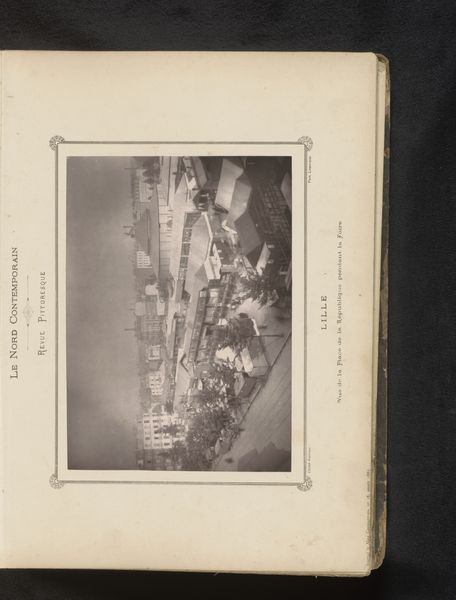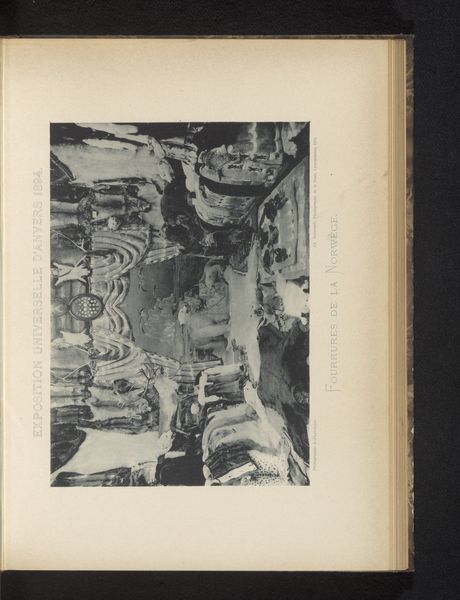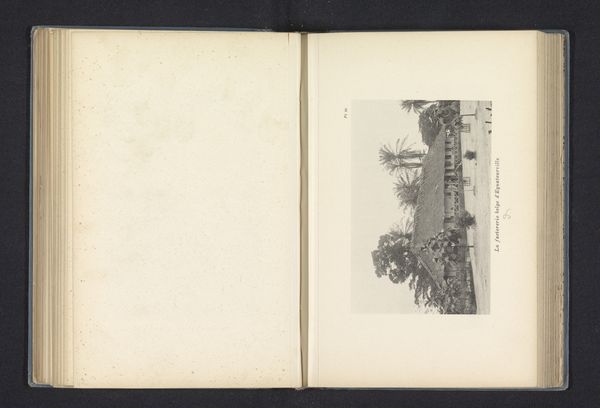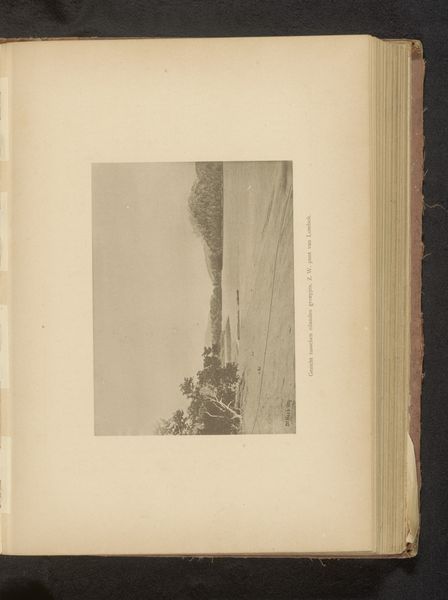
Woning op het strand te Ampenan gezien vanaf de pier met op het strand een uitleggerkano before 1897
0:00
0:00
photography, site-specific, albumen-print
#
dutch-golden-age
#
landscape
#
photography
#
site-specific
#
albumen-print
Dimensions: height 122 mm, width 164 mm
Copyright: Rijks Museum: Open Domain
Editor: This photograph, "Woning op het strand te Ampenan gezien vanaf de pier met op het strand een uitleggerkano," which translates to "House on the beach at Ampenan seen from the pier with an outrigger canoe on the beach," was taken before 1897 by Christiaan Johan Neeb, using the albumen print process. It feels like a quiet, colonial gaze, documenting a place and time. What can you tell me about this work? Curator: This image, beyond its aesthetic qualities, serves as a historical document ripe for deconstruction. Neeb's lens, framed by the colonial context of the Dutch East Indies, actively participates in constructing a visual narrative. Consider the power dynamics inherent in photographing a colonized landscape. What stories are being told, and whose voices are silenced? Editor: That’s a very powerful way to put it! I hadn’t really considered whose gaze it was reflecting and the impact it has on the photograph. It really emphasizes a different understanding of art. Curator: Exactly. We need to move beyond merely appreciating the scenery. How does the composition—the positioning of the "native" outrigger canoe against the backdrop of colonial architecture—speak to the segregation and control inherent in colonial projects? Who were these images for, and what purpose did they serve? Editor: So, we are less concerned with aesthetic value and more with its position within socio-political contexts? Curator: Precisely. Understanding the intention, readership, and function is paramount. This photograph isn’t just an image; it is evidence, a visual artifact embedded within layers of historical and political significance. It calls us to confront the uncomfortable truths about power, representation, and the enduring legacies of colonialism. What have you gleaned from looking at the photograph with a renewed historical perspective? Editor: It certainly feels less idyllic and more…complicated. I realize there is much more to the photograph than meets the eye at first glance. Thanks, it has really expanded my appreciation.
Comments
No comments
Be the first to comment and join the conversation on the ultimate creative platform.
